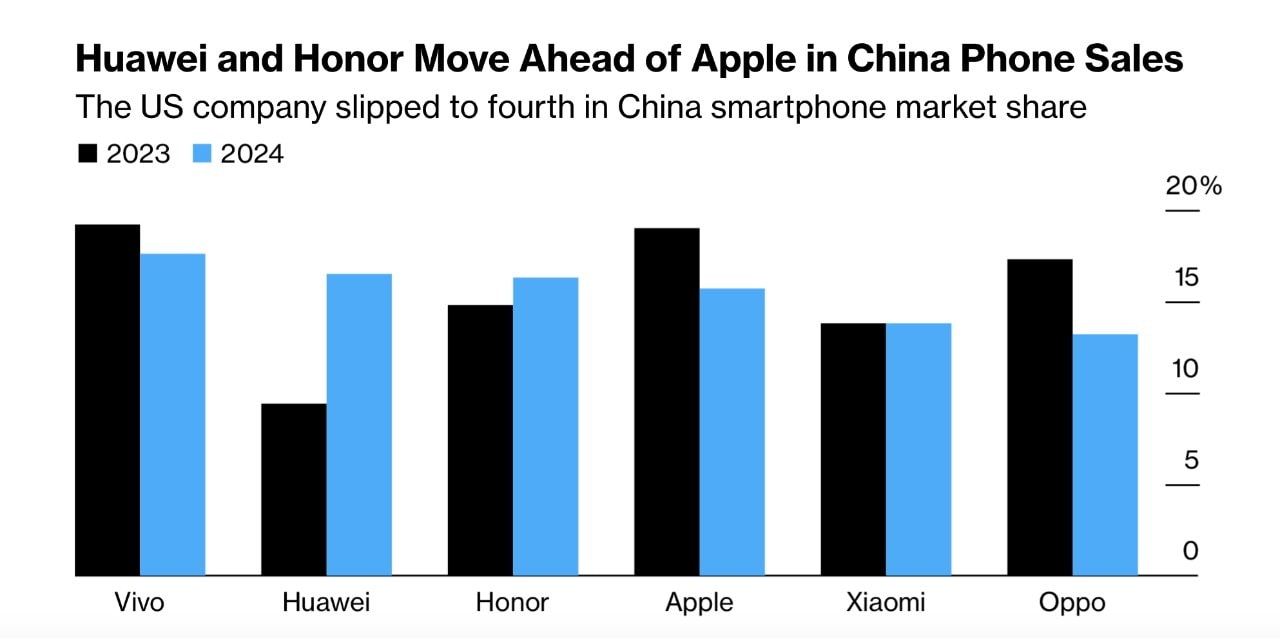[ad_1]
A diabetes drug related to the latest generation of obesity drugs can slow the development of the symptoms of Parkinson’s disease, a clinical trial suggests1. Participants who took the drug, called lixisenatide, for 12 months showed no worsening of their symptoms — a gain in a condition marked by progressive loss of motor control.
Further work is needed to control side effects and determine the best dose, but researchers say that the trial marks another promising step in the decades-long effort to tackle the common and debilitating disorder.
“This is the first large-scale, multicentre clinical trial to provide the signs of efficacy that have been sought for so many years,” says Olivier Rascol, a Parkinson’s researcher at Toulouse University Hospital in France, who led the study.
The diabetes connection
Lixisenatide is a glucagon-like peptide-1 (GLP-1) receptor agonist, making it part of a large family of similar compounds used to treat diabetes and, more recently, obesity. (The weight-loss drug semaglutide, sold under the brand name Wegovy, is a GLP-1 compound.)
Many studies have shown a link between diabetes and Parkinson’s2. People with diabetes are around 40% more likely to develop Parkinson’s. And people who have both Parkinson’s and diabetes often see more rapid progression of symptoms than do those who have only Parkinson’s.
Animal studies3 have suggested that some GLP-1 drugs, which influence levels of insulin and glucose, can slow the symptoms of Parkinson’s. Smaller trials, published in 20134 and 20175, suggested that the GLP-1 molecule exenatide, another diabetes drug, could do the same in people.
Progression halted
In the latest, larger study, the French researchers investigated lixisenatide in 156 people with mild to moderate Parkinson’s symptoms, all of whom were already taking the standard Parkinson’s drug levodopa or other drugs. Half got the GLP-1 drug for a year and the others received a placebo.
After 12 months, those in the control group showed a worsening of their symptoms. Specifically, their score had increased by three points on a scale used to assess the severity of Parkinson’s that measures how well people can perform tasks including speaking, eating and walking.
Those taking the drug had no change in their scores on this scale. But the treatment did induce side effects. Nausea occurred in nearly half, and vomiting in 13%, of people on the medication. The results are published in The New England Journal of Medicine.
Not a miracle drug
David Standaert, a neurologist at the University of Alabama at Birmingham, who was not involved in the trial, says it’s important to know whether the effect will last beyond a year.
“We’re all cautious. There’s a long history of trying different things in Parkinson’s that ultimately didn’t work,” he says. A difference of three points in the rating score is a small change — one that many people with Parkinson’s would struggle to notice, he says. “What happens at 5 years? Is it 15 points then, or is it still 3? If it’s still 3, then this is not worth it.”
Lixisenatide as a diabetes treatment was pulled from the US market last year by its Paris-based manufacturer Sanofi for commercial reasons. But Standaert says that this would not have affected development of a possible treatment for Parkinson’s, because other GLP-1 drugs are available.
Obesity drugs have another superpower: taming inflammation
“I view this as a study of the class. I don’t know if this particular one is the right answer,” he says. Newer GLP-1 drugs (lixisenatide was developed in the 2000s) could offer fewer and milder side effects or work at lower doses, he adds.
Another question that needs further consideration is just how some GLP-1 drugs might protect against Parkinson’s. The compounds are known to reduce inflammation, which has led some researchers to suggest that they prevent the steady loss of dopamine-producing neurons that drives the condition. That would offer a significant benefit over existing treatments such as levodopa, which mask the symptoms but don’t address the underlying cause. But this trial and others haven’t assessed neuron loss.
Researchers are now waiting for the results of a large clinical trial examining the effects of a two-year course of exenatide in people with Parkinson’s disease. Those data will be available in the second half of this year, according to Tom Foltynie, a neurologist at University College London, in comments provided to the UK Science Media Centre.
[ad_2]
Source Article Link




